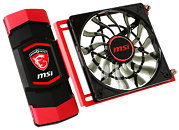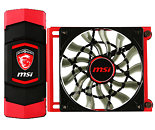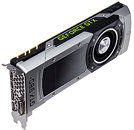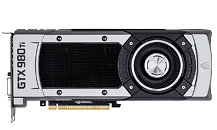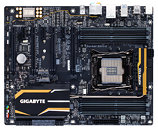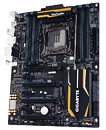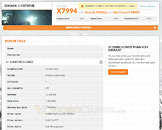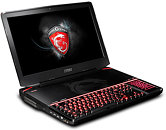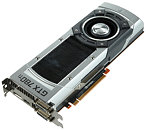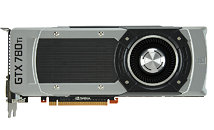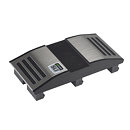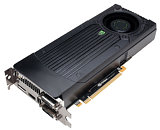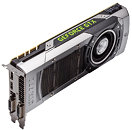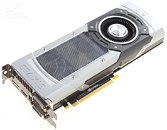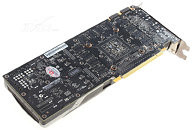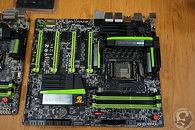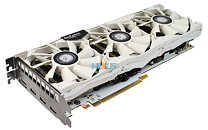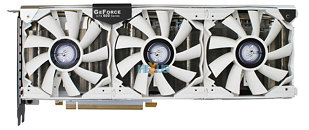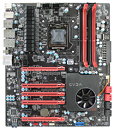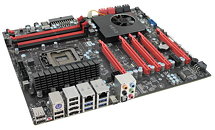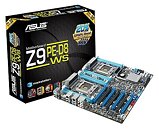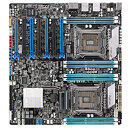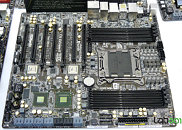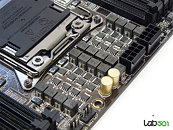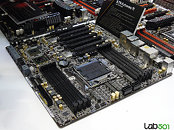
NVIDIA to Focus on 2-way SLI with GeForce "Pascal"
At its GeForce GTX 1080 launch event, NVIDIA is said to have told the press that with its GeForce "Pascal" series, the company will focus on 2-way SLI "for maximum performance," implying an uncertain future for 3-way and 4-way SLI. The company's new SLI HB bridge introduced with the GTX 1080, enables higher bandwidth between two graphics cards in SLI, letting them more reliably render games at high resolutions. On the downside, this new bridge occupies both SLI contact points on each card, in 2-way SLI.
It might still be possible to do 3-way and 4-way SLI using a classic 3-way or 4-way bridge included with your motherboard. You'd be at the mercy of applications somehow being able to take advantage of 3-4 GPUs, NVIDIA on its part, will likely only optimize its drivers for 2-way SLI. The knight in shining armour here is DirectX 12 native multi-GPU, which doesn't care how many GPUs you're using, or if they're even the same kind (as long as the GPUs and the app support Direct3D 12).
It might still be possible to do 3-way and 4-way SLI using a classic 3-way or 4-way bridge included with your motherboard. You'd be at the mercy of applications somehow being able to take advantage of 3-4 GPUs, NVIDIA on its part, will likely only optimize its drivers for 2-way SLI. The knight in shining armour here is DirectX 12 native multi-GPU, which doesn't care how many GPUs you're using, or if they're even the same kind (as long as the GPUs and the app support Direct3D 12).


